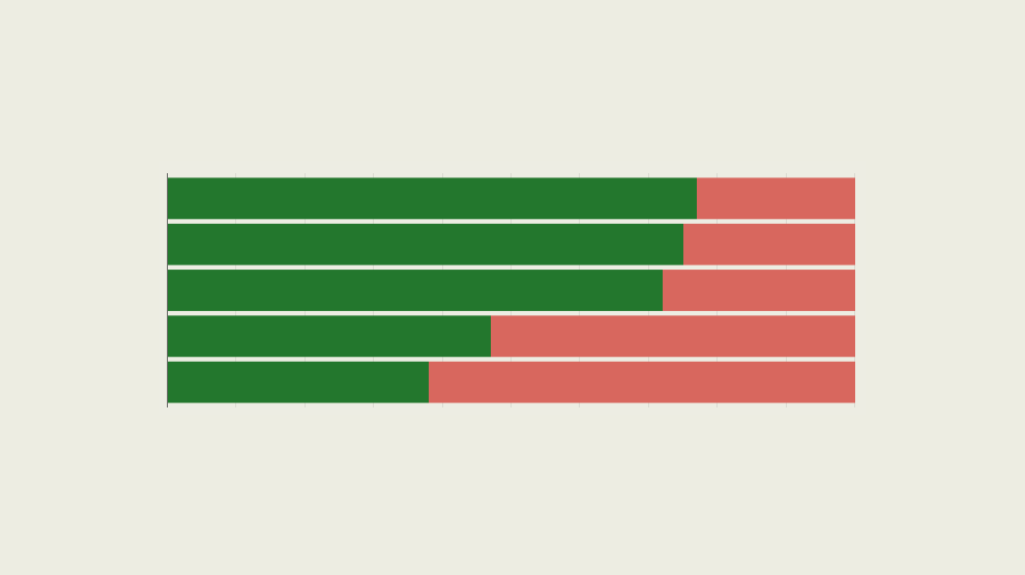Xul Solar and Jorge Luis Borges: The Art of Friendship at Phoenix Museum
Xul Solar and Jorge Luis Borges: The Art of Friendship at Phoenix Museum
After running at Americas Society this summer, the exhibition moves to the Phoenix Art Museum, where it opens on October 2.
On view until December 31, 2013.
Curated by Gabriela Rangel, Director of Visual Arts and Chief Curator at Americas Society.
Phoenix, September 30, 2013—After running at Americas Society in New York from April 18 through July 20, 2013, Xul Solar and Jorge Luis Borges: The Art of Friendship will open at the Phoenix Art Museum on October 2.
The exhibition explores friendship as a cosmopolitan agency that informed Argentine art and culture through the intellectual exchange between the mystic artist Xul Solar (1887-1963) and the writer Jorge Luis Borges (1899-1985.) The Art of Friendship focuses on the fraternal dialogue and collaborations between Solar and Borges, the most singular cultural figures in Buenos Aires in the twentieth century who contributed to the philosophical and aesthetic renewal in Argentina in the 1920s by cultivating a form of “fluid nationalism.” The exhibition is curated by Gabriela Rangel, Director of Visual Arts and Chief Curator at Americas Society. The Phoenix premiere is organized and directed by Vanessa Davidson, PhD, Curator of Latin American Art at Phoenix Art Museum.
The exhibition covers over forty years of friendship between Solar and Borges, who met after their return from Europe in 1924, in the literary and artistic circles of the journal-magazine Martin Fierro and collaborated on different projects until Solar’s death in 1963. In the search of a new Argentine avant-garde identity, Borges and Solar, along with other martinfierristas developed a Neo-Creole identity that fused the tactics of the European modernists with nationalist ideas and the gaucho vernacular culture. Nonetheless, each developed distinct voices within this group: Borges reinventing the slums and unpaved streets of Buenos Aires’ suburbs, and Xul creating new languages Neo-Creole and Pan-Language as well as fantastic landscapes filled with monstrous figures in which he blended mystic and occult references with Pan-American symbolism. As Sylvia Molloy has suggested, Borges and Solar seek difference rather than assimilation acting as born-exiles in an environment of fervent avant-garde debates and nationalisms. Both constituted a visual metaphor that built the core for this new conception of the local cosmopolitan self. During their countless walks around the city, chess games, and while listening to music the two discussed the poetry and art of William Blake, the mysticism of Emanuel Swedenborg, theology of angels, German Idealism, and non-Western religions and languages. Borges and Solar forged a lifetime friendship while discovering and contributing to the identity of Buenos Aires in the process of the invention of their own.
The Art of Friendship departs from a speculative lineage on friendship construed by thinkers such as Aristotle, Cicero, Michel de Montaigne, Friedrich Nietzsche, Ralph Waldo Emerson, Richard Rorty, Hans-Georg Gadamer, and Jacques Derrida who have examined fraternal exchange as an instance of civic agency. Friendship is also considered as a space of social and political interaction, which enables the tracing of genealogical maps that identify vast networks of solidarity and communities.
The show gathers an important number of paintings, first editions, and manuscripts—some of which have never left Argentina—as a means to explore the intellectual nature of the relationship between Solar and Borges and the definition of friendship at large as a private agency with public effects. Xul Solar and Jorge Luis Borges: The Art of Friendship is organized by Americas Society with the collaboration of Museo Xul Solar in Buenos Aires. It is accompanied by a fully illustrated catalogue with contributions by Patricia Artundo, Sergio Baur, Maria Kodama, Gabriela Rangel and Sylvia Molloy, in addition to a plaquette with original poems by Monica de La Torre, Cecilia Vicuña, and Lila Zemborain inspired by Solar’s astral voyages or San Signos.
Xul Solar and Jorge Luis Borges: The Art of Friendship is made possible by the generous support of the Ministry of Culture of the Government of the City of Buenos Aires, Aeropuertos Argentina 2000, the Diane and Bruce Halle Foundation, Erica Roberts, Alejandro Quentin, Eduardo Grüneisen, Fundación Rozenblum, and Veronica Zoani de Nutting. In-kind support is graciously provided by Arte al Día.
Press Inquiries: Contact Carlotta Soares at carlotta.soares@phxart.org or 602.257.2112.
Americas Society is the premier organization dedicated to education, debate and dialogue in the Americas. Established by David Rockefeller in 1965, our mission is to foster an understanding of the contemporary political, social and economic issues confronting Latin America, the Caribbean, and Canada, and to increase public awareness and appreciation of the diverse cultural heritage of the Americas and the importance of the inter-American relationship.
Americas Society Visual Arts program boasts the longest-standing private space in the U.S. dedicated to exhibiting and promoting art from Latin America, the Caribbean and Canada; it has achieved a unique and renowned leadership position in the field, producing both historical and contemporary exhibitions.








